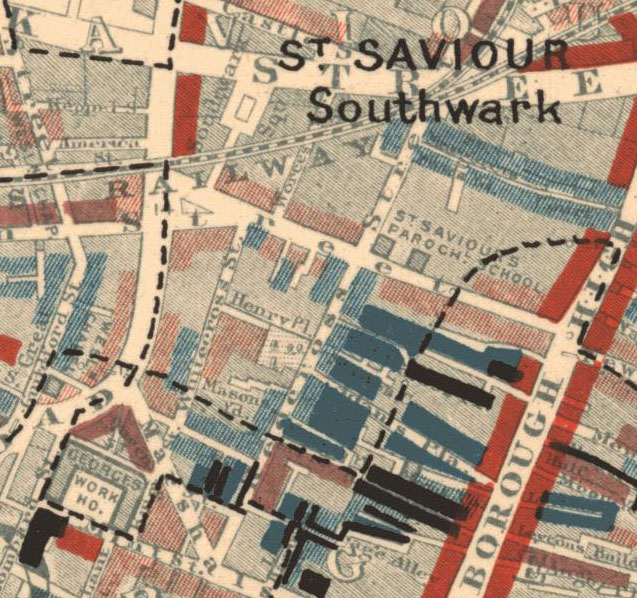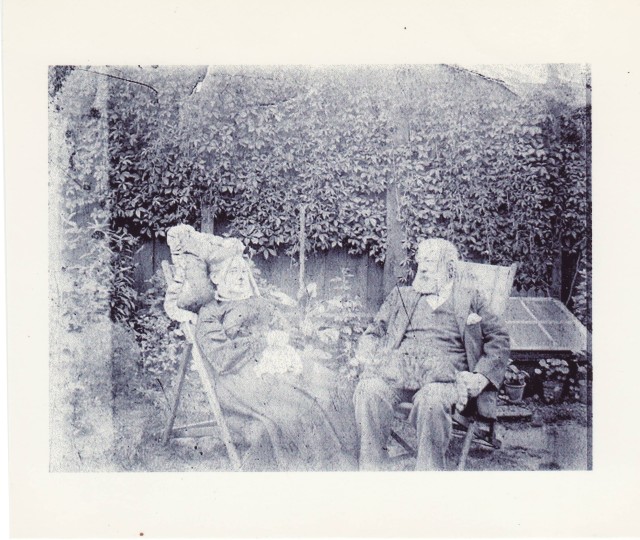 I’m looking forward to giving a workshop in London, Ontario, later this week called Digging Up Stories, and it’s got me thinking over the wide variety of resources we used during our research for The Cowkeeper’s Wish. One of the most illuminating was the British Newspaper Archive, which contains digitized papers from the British Library collection dating back to the 1700s. We found our cowkeeper lurking in those pages, dangerously diluting his milk, and we found his daughter Lazy Mary too, “seized with giddiness” just before she died at the workhouse infirmary. Family detail is gold when writing this sort of story — but newspapers of the day offer plenty of insight even when family names don’t appear.
I’m looking forward to giving a workshop in London, Ontario, later this week called Digging Up Stories, and it’s got me thinking over the wide variety of resources we used during our research for The Cowkeeper’s Wish. One of the most illuminating was the British Newspaper Archive, which contains digitized papers from the British Library collection dating back to the 1700s. We found our cowkeeper lurking in those pages, dangerously diluting his milk, and we found his daughter Lazy Mary too, “seized with giddiness” just before she died at the workhouse infirmary. Family detail is gold when writing this sort of story — but newspapers of the day offer plenty of insight even when family names don’t appear.
As I’ve written before, much of our story takes place in Red Cross Street, now Redcross Way, in Southwark in the mid to late 1800s. When we snooped through the newspaper archive for details of what was happening in the street at a certain time in our story, we were never disappointed. The articles helped us peer into the world in which we were writing about, and learn more about neighbours and local shops and industries; in reading about the crimes and scandals and celebrations that went on, we could better imagine what it might have been like to live in that place at that time.

Poverty, of course, was a constant theme. One longtime neighbour was a woman named Rosetta Hogg, who lived a few doors away from our cowkeeper and his wife, Benjamin and Margaret Jones. I have no idea if Benjamin and Margaret knew Rosetta — but I’m pretty sure they’d have known of her. By 1881, she had lived in the same room within 59 Red Cross Street for about 20 years, and in the neighbourhood for much longer. The census says that she was 72 years old, worked as a charwoman, and had been born in Southwark. It also says she lived alone in the room, but that wasn’t quite true, according to neighbours who lived in other rooms in the building; I pity the poor census taker who knocked on her door that April day to inquire about her particulars. She had “a ferocious black cat … which she threatened to set at anyone who dared to enter, and which kept the people in the house in a state of fear.”

The cat seemed to be the woman’s only companion. She had never married, and was apparently “so eccentric in her habits that for upwards of 10 years no one had been allowed to enter her room.” She was frightfully thin, and also old and alone. One day in December a neighbour brought her some sago pudding, which Rosetta accepted; but when the neighbour didn’t see or hear from Rosetta the next day, she became concerned, and called the police. Rosetta was found dead, huddled near the fireplace. Her body was emaciated, and her room was so filthy that carbolic acid was sprinkled around to disinfect the place before anything was touched. The windows were broken and stuffed with rags; the walls and floor were stained with grime; there was no furniture other than a “greasy mattress.” The cat sat quietly close by, not so ferocious after all.
At the coroner’s inquest it was revealed that for some time Rosetta Hogg had depended on outdoor relief from the parish, which meant that officials would have come round on a regular basis to check on her home situation. The coroner wanted to know “what the sanitary authorities had been about to allow a woman to live in this dirty state.” But the relieving officer testified that when he visited, she refused to let him enter, and that because of this he told her she was no longer eligible for assistance. She could enter the workhouse instead, he said, but she refused to go.
I wonder if it was the cat who kept her at home — where would it go if she left?
The “Applications for Relief” ledgers from this period make for sad reading. There’s nothing, unfortunately, for the year pertaining to Rosetta Hogg’s story, but an 1888 book from Southwark notes applicants’ particulars, including name, address, and occupation; forms of relief received elsewhere; what was given, its value, and how long it would be offered for; plus relatives’ details, since relatives were “liable by law to relieve the applicant” if capable of doing so. One woman, applying for assistance for herself and her six children, explained that “husband in prison” for assaulting her. But mostly this column was left blank, as if there wasn’t much point in asking the question. Some 28 columns run across each page, including one headed “Date of Last Visit at Residence of the Pauper.” It was no doubt a humiliating experience obtaining “relief” — but a step up, still, from entering the workhouse.
Testimony at the inquest showed Rosetta had promised to go to the workhouse later in the week, but died before she made it there. It’s hard to imagine that the workhouse would have been worse than her bleak, dirty room, for at least she would have been fed and had a less “greasy” mattress to sleep on. But at home she had independence and solitude, and the cat to care for — no small thing, the importance of caring for another living creature when you yourself are alone and struggling. Having a pet can make you feel useful and loved.
It’s impossible to know if this is how Rosetta Hogg felt, or what happened to the cat after she died. In our own family archive, only two pictures exist of her neighbours, Benjamin and Margaret Jones, and in one of them, through the creases and the washed out tones, you can just make out a cat on Benjamin’s lap. It isn’t Rosetta’s black cat — tabby stripes are apparent on the tail — but I like the link anyway, and the tiny bit of detail it gives us about who these people were. Benjamin looks at Margaret, and she and the cat both look out at the camera and whoever holds it. The photo was probably taken in the 1880s, in their tiny garden on Red Cross Street. Margaret died a few years after Rosetta, and Benjamin a few years after her, taking their stories with them.
 ♦
♦
Sources:
- “Death of an Eccentric Character.” South London Press, 17 December, 1881.
- “Miserable Death of an Old Woman.” Gloucester Citizen, 12 December, 1881.
- “Shocking Discovery.” Dublin Evening Telegraph, 19 December, 1881.
- 1881 census, Red Cross Street, Southwark. Ancestry.ca.
- 1888 Application and Report Book, Settlement Papers, Southwark. London England Poor Law and Board of Guardian Records, Ancestry.ca.

Really interesting
LikeLiked by 1 person
Thanks!
LikeLike
How sad for Rosetta to have lived such a lonely life, but then, some people just like to be left alone.
The picture of Benjamin and Margaret shows a very relaxed couple enjoying their garden, she knitting and he holding the cat. They are all dressed up. Maybe just back from church? And look at that lovely ivy covering the wall.
LikeLiked by 2 people
Maybe it was the day of a family wedding, and hence the photographer? I like the casual pose — very different from the usual portraits we see from that time.
LikeLike
I think you are right about the strong connection between Rosetta and her cat. Love given and received by both. That would have been hard to give up for her I’m sure. The words and description of her existence is hard to read and imagine I can’t imagine there was enough for her cat either, but maybe Rosetta’s meager portions were shared putting her in an even more physically precarious situation.
LikeLiked by 2 people